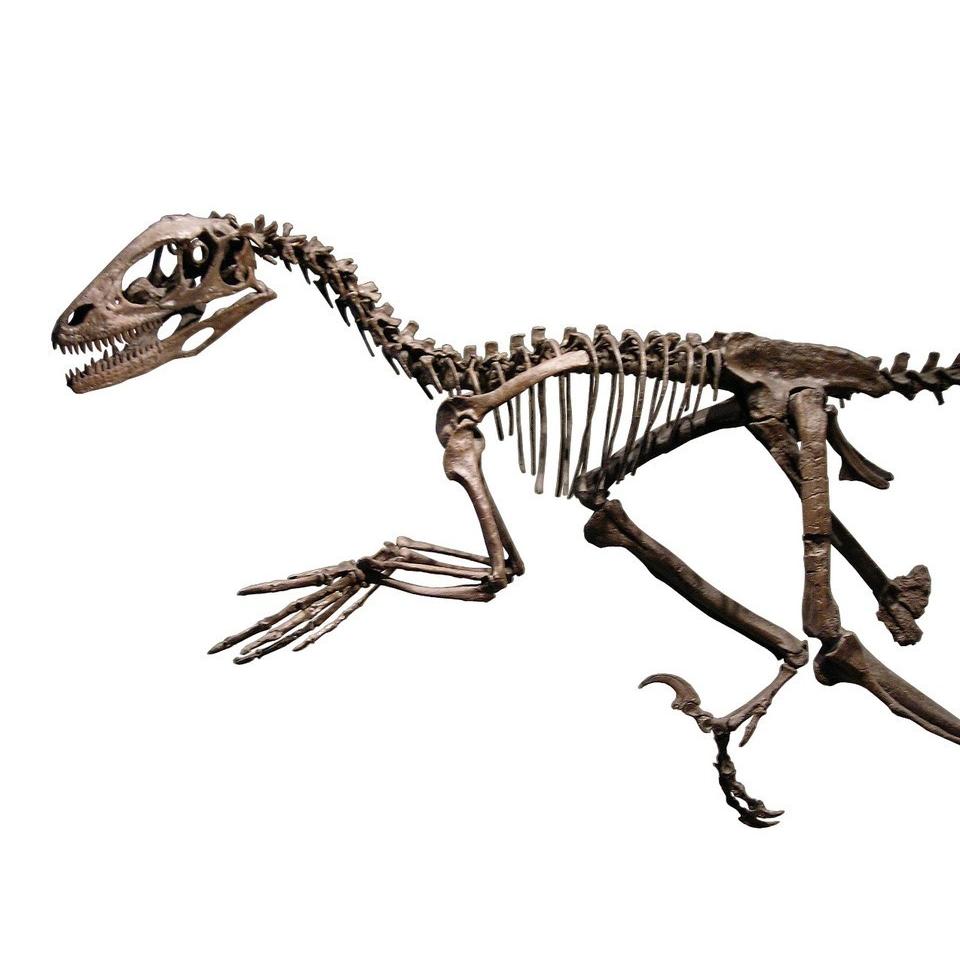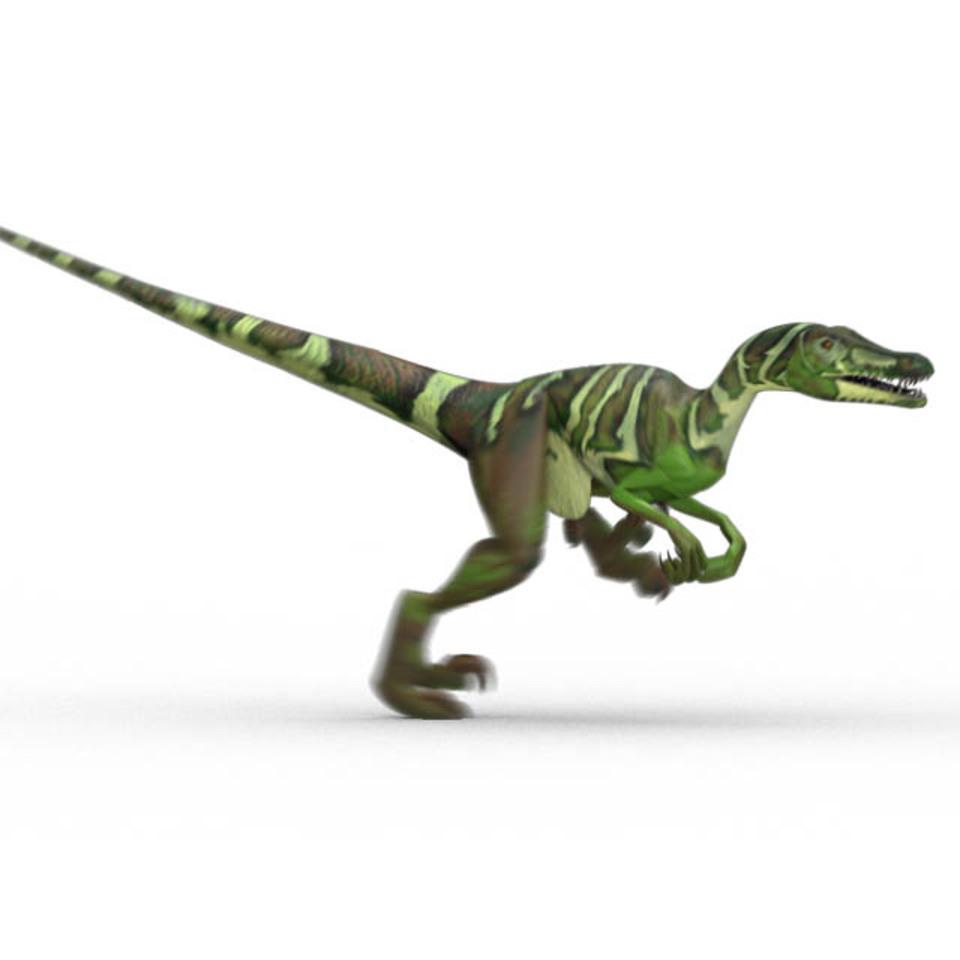Most people think they know the Velociraptor from its portrayal in the popular Jurassic Park movies and books. But Hollywood took many liberties with its interpretation of this dinosaur, heavily leveraging the dinosaur on-screen. The reality is that the history of how we’ve come to know the raptor is a story all its own. In 1922 expedition to the Gobi Desert in Mongolia, when a group of scientists from the American Museum of Natural History discovered a complete Velociraptor skull and a claw. The story continues 50 years later with another telling discovery.
In Mongolia in 1971, a Mongolian-Polish team unearthed a well-preserved fossil of a Velociraptor battling another dinosaur. The specimen showed the raptor’s claws embedded in the head and stomach of a Protoceratops. Aside from being the first significant findings of these species, it was also a breakthrough for scientists’ understanding of how dinosaurs lived, offering a clue to how (and if) certain dinosaurs coexisted during the Late Cretaceous period. Despite its larger-than-life persona in the movies, an upright-standing Velociraptor was actually about the height of a modern-day basketball player — approximately 6 feet. But what it lacked in size, it made up for in other areas. Most importantly, Velociraptors were intelligent compared to many of their peers. They also had a heightened sense of smell and binocular vision. This quick, two-legged predator had a few secret weapons, too. The first was a 3.5-inch retractable claw that could quickly wound an enemy with a 3-foot gash. The second was a mouthful of 80 spiky teeth, some up to an inch in length. Their sleek bodies and ability to run at speeds of 24 miles per hour also helped them survive in a world of much larger predators. Scientists have discovered quill knobs on the Velociraptor. These quill knobs may not have implied that they could fly, but provide clues that feathers could have been used for other reasons, such as to help regulate body temperature, protect eggs in the nest or as a mating display. The Velociraptor was a tiny meat-eating machine that likely ate whatever it could. Because Velociraptor fossils are often found in close vicinity to each other, it is thought that they likely hunted in packs. This hunting tactic could lead a small group of raptors to prey on one larger predator with speed and ferocity.


